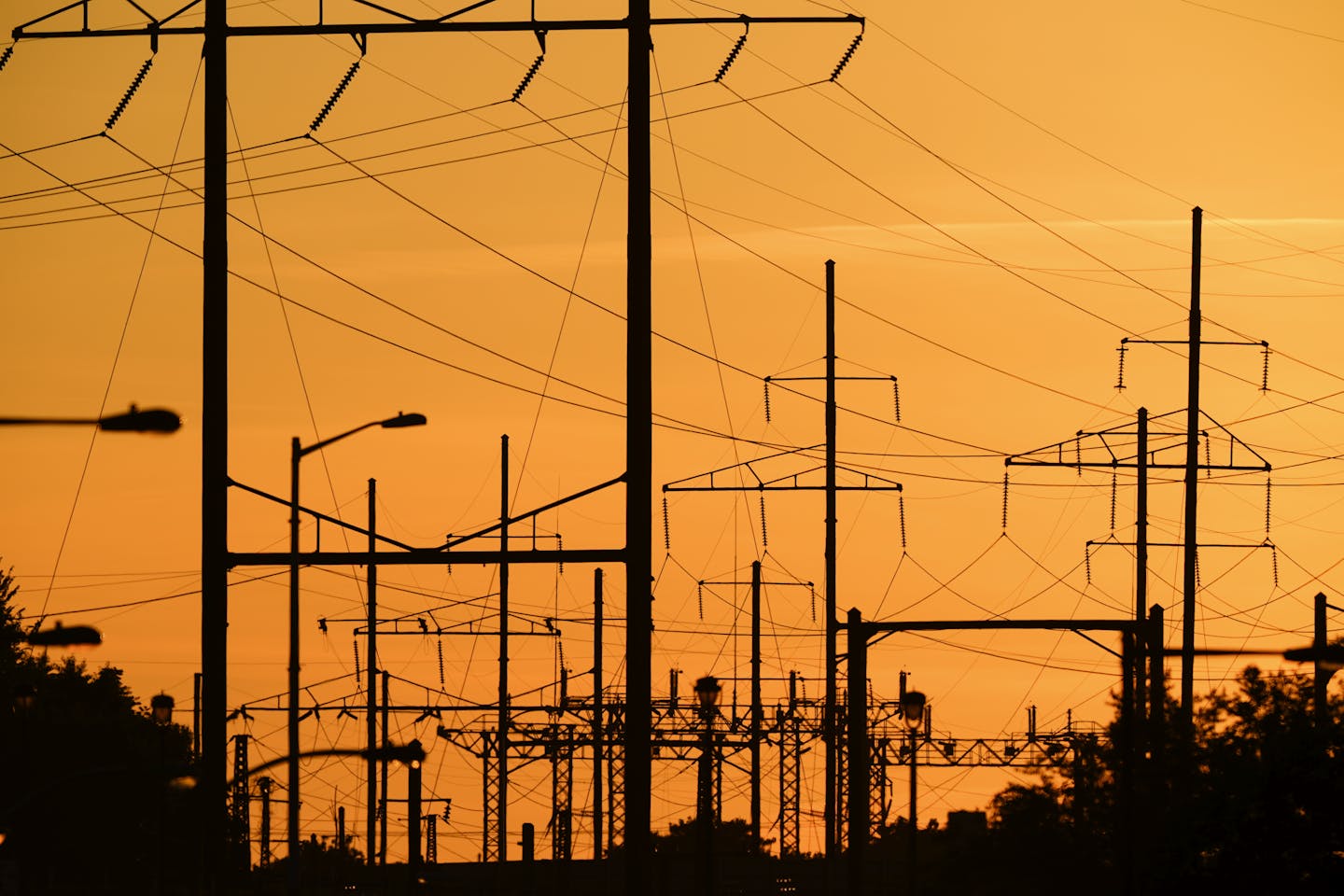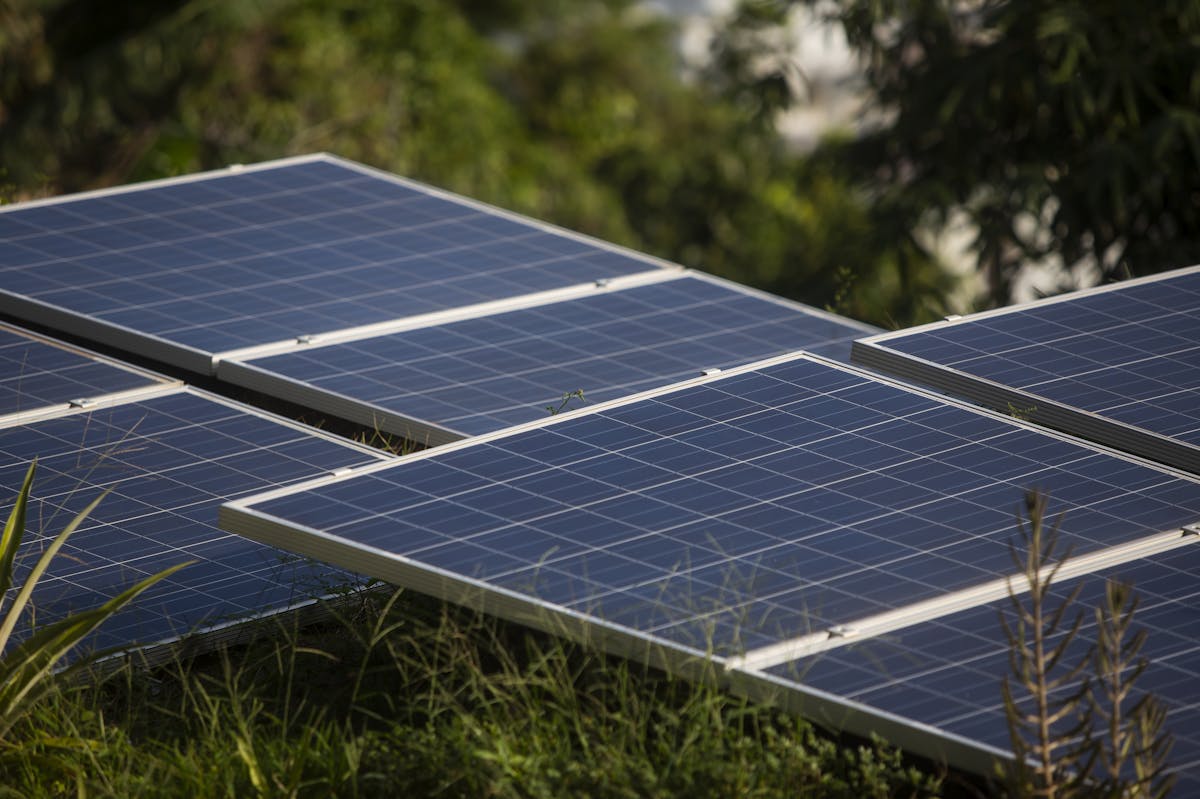April’s eclipse will mean interruptions in solar power generation, which could strain electrical grids

During the most recent total solar eclipse visible in the U.S., on Aug. 21, 2017, the skies darkened as the Moon crossed in front of the Sun. It blocked out all sunlight – except for that from a golden ring visible around the Moon’s shape, called the corona. Not surprisingly, solar power generation across North America plummeted for several hours, from the first moment the Moon began to obscure the Sun to when the Sun’s disk was clear again.
On April 8, 2024, another total solar eclipse will track across the U.S., causing perhaps an even greater loss of solar power generation. Although this will be the second total solar eclipse visible in the U.S. in under seven years, these events are a rare occurrence. Nevertheless, they present a unique challenge to power grid operators.
I am a space scientist with a passion for teaching physics and astronomy. Though I have seen many partial eclipses of the Sun, I have yet to witness a total solar eclipse. My road trip to Bryce Canyon National Park in Utah in October 2023 to see the “ring of fire” annular solar eclipse was unforgettable, and April 8 will surely find me handing out eclipse glasses once again.
When the Moon’s shadow blocks the Sun
During a solar eclipse, the Moon partially or completely blocks the view of the Sun. Since the Moon is nearly 400 times smaller than the Sun and nearly 400 times closer, the Moon’s shadow, visible from Earth, tapers to a width of 70 to 100 miles (112 to 161 kilometers).
Within this region, called the path of totality, observers see a total solar eclipse. Observers close to but outside this path witness a partial eclipse of the Sun, where the Moon covers a fraction of the Sun’s disk.
During the April 8, 2024, total solar eclipse, the path of totality in the continental U.S. will extend from Texas in the south to Maine in the northeast. Elsewhere in the U.S., Miami will see a partial eclipse in which a maximum of 46% of the Sun’s disk obscured. In Seattle, far from the path of totality, the Moon will cover only a maximum of 20% of the Sun. In southern Texas, where the path of totality first crosses into the U.S., the eclipse will last just under three hours, with totality a mere 4 minutes and 27 seconds.
Increasing reliance on solar power
The worldwide trend toward renewable energy has seen a significant increase in solar, or photovoltaic, power generation in the last decade. Solar power generation capacity is set to double worldwide between 2022 and 2028, and the U.S. now has the capacity to generate three times more solar energy than at the time of the 2017 total solar eclipse.
The most obvious obstacle to solar power generation is cloud cover. On a cloudy day, the energy produced by solar panels drops to 10% to 25% of its output on a sunny day.
The North American power transmission grid is divided into six major regions and more than 150 local and regional subgrids. Electrical system operators in each local grid continuously balance the amount of electricity production with the “load,” or the demand for electricity by consumers.
System operators can tap into energy from various power generation mechanisms like solar, wind, hydroelectric, natural gas and coal. Local grids can also import and export electricity to and from their grid as needed.
System operators have accurate models for the amount of solar power generated across the U.S. on a daily basis, and these models account for the parts of the continental U.S. that may have cloudy skies. By pairing solar power generation with battery storage, they can access electricity from solar even when the Sun isn’t shining – on cloudy days or at night.
To plan for an eclipse, electrical system operators need to figure out how much the energy production will drop and how much power people will draw from the reserves. On the day of the 2017 total solar eclipse, for example, solar power generation in the U.S. dropped 25% below average.
Because solar power production falls quickly during the eclipse’s peak, grid operators may need to tap into reserves at a rate that may strain the electrical transmission lines. To try to keep things running smoothly, grid operators will rely on local reserves and minimize power transfer between grids during the event. This should lessen the burden on transmission lines in local grids and prevent temporary blackouts.

Renewable energy during eclipses
Solar isn’t the only type of renewable energy generation that goes down during an eclipse. Since it’s not as sunny, temperatures along the path of the eclipse fall by as much as 10 degrees Fahrenheit (5.5 degrees Celsius). Lower temperatures lead to slower wind speeds and less wind power generation.
During the August 2017 eclipse, the loss of renewable power generation added up to nearly 6 gigawatts. That’s equivalent to the energy usage of 600 million LED lightbulbs or 4.5 million homes.
Grid operators compensated by planning ahead and increasing power generation at natural gas and coal-powered plants, which don’t depend on sunlight.
Over the duration of the eclipse, this increase in nonrenewable energy use led to approximately 10 million pounds of extra carbon dioxide emissions. That’s about the annual carbon dioxide emissions of 1,000 cars.
On April 8, eyes across the U.S. will turn upward to catch a glimpse of the eclipsed Sun.
Thanks to the vigilance of electric grid operators, the lights should stay on, and observers won’t have to worry about anything but the stunning show in the sky.
This article is republished from The Conversation, a nonprofit, independent news organization bringing you facts and trustworthy analysis to help you make sense of our complex world. It was written by: Vahe Peroomian, USC Dornsife College of Letters, Arts and Sciences
Read more:
- Astro-tourism – chasing eclipses, meteor showers and elusive dark skies from Earth
- When the sun goes dark: 5 questions answered about the solar eclipse
- How eclipses were regarded as omens in the ancient world
Vahe Peroomian has, in the past, received basic research funding from NASA and the National Science Foundation.






